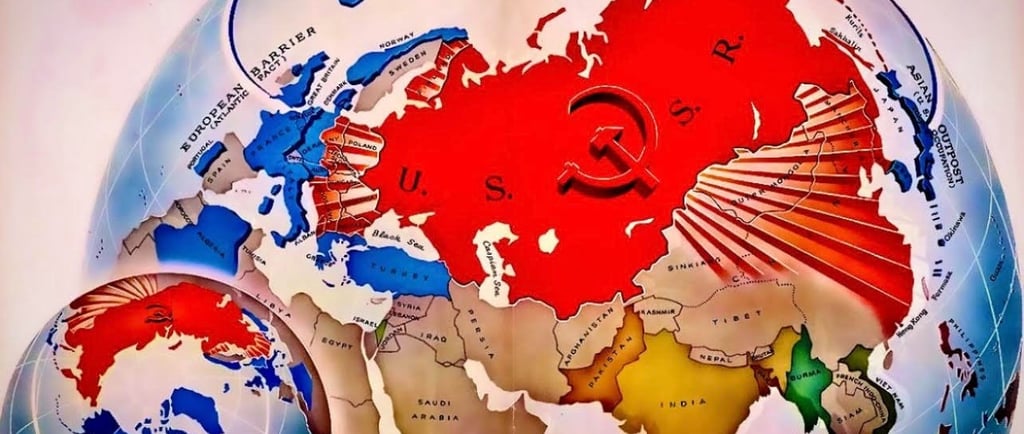The Divided Worlds of the United States and the Soviet Union in the 1950's


The Post-War Era: A World Divided
The period following World War II marked a transformative era for global politics, characterized by the emergence of two superpowers: the United States and the Soviet Union. The 1950 map vividly illustrates this divide, highlighting the stark contrast between the democratic ideals of the West and the communist agenda of the East. This article aims to dissect the implications of this division on global geopolitics during the 1950s.
Geopolitical Landscape of the 1950s
The geopolitical landscape of the 1950s was significantly influenced by the ideological confrontation between the United States and the Soviet Union. The map from this time is not merely a geographical representation; it encapsulates the tensions that permeated international relations. The United States, buoyed by economic prosperity and military strength, championed democracy and capitalism, while the Soviet Union, recovering from wartime devastation, sought to extend communist influence across Eastern Europe and beyond.
Regions such as Eastern Europe served as both a buffer zone and a stronghold for Soviet dominance. Countries like Poland, Czechoslovakia, and Hungary were firmly under the communist umbrella, illustrating the stark delineation of power marked on the 1950 map. This division was more than territorial; it symbolized the ideological battle that would define the Cold War for decades.
The Lasting Impact of the Cold War Division
The division between the United States and the Soviet Union not only shaped the political dynamics of the 1950s but also laid the groundwork for future conflicts in the subsequent decades. The 1950 map stands as a historical artifact reflecting the polarization of international relations. Events such as the Korean War and the establishment of NATO further cemented the rift between the two blocs, with military alliances forming as defensive measures against perceived threats.
As the years progressed, the ideological battle expanded, influencing cultures around the globe. The media, arts, and public consciousness were engulfed in the narrative of the 'free world' versus 'communism,' leading to a pervasive sense of urgency and paranoia. This bipolar world created a sense of identity within nations aligned with either side, fostering a culture of rivalry that would not easily dissipate.
In summary, the 1950 map serves as a poignant reminder of a world divided between the United States and the Soviet Union. Understanding this geographical and ideological division is crucial for comprehending contemporary geopolitical issues shaped by the legacies of the Cold War. As we explore the intricacies of international relations today, the lessons learned from the stark divisions of the past remain relevant, reminding us that the choices made during those tumultuous times continue to echo through history.
